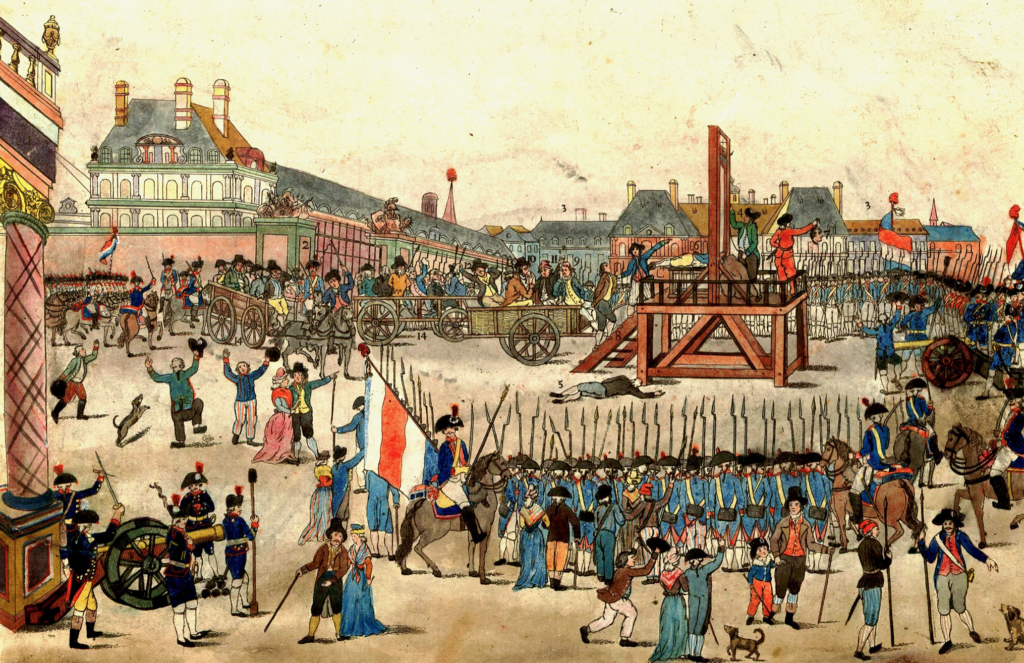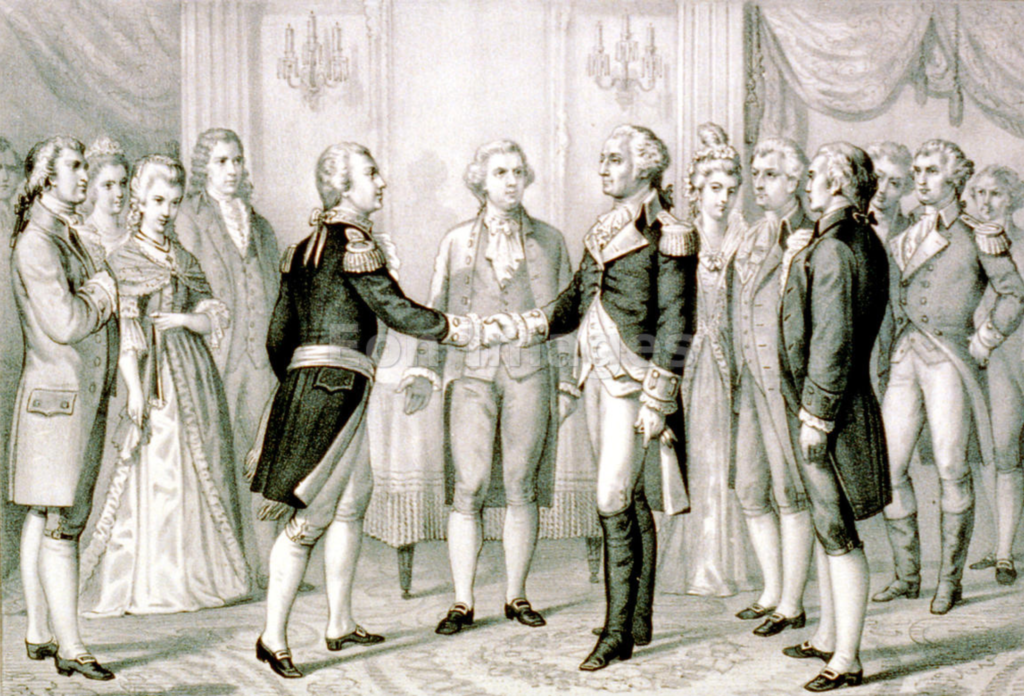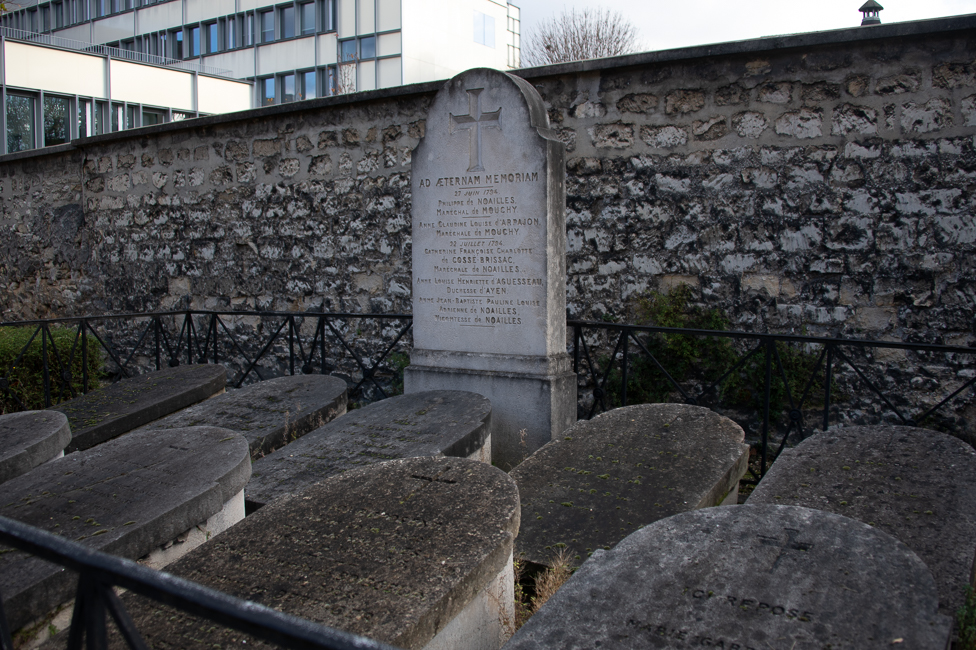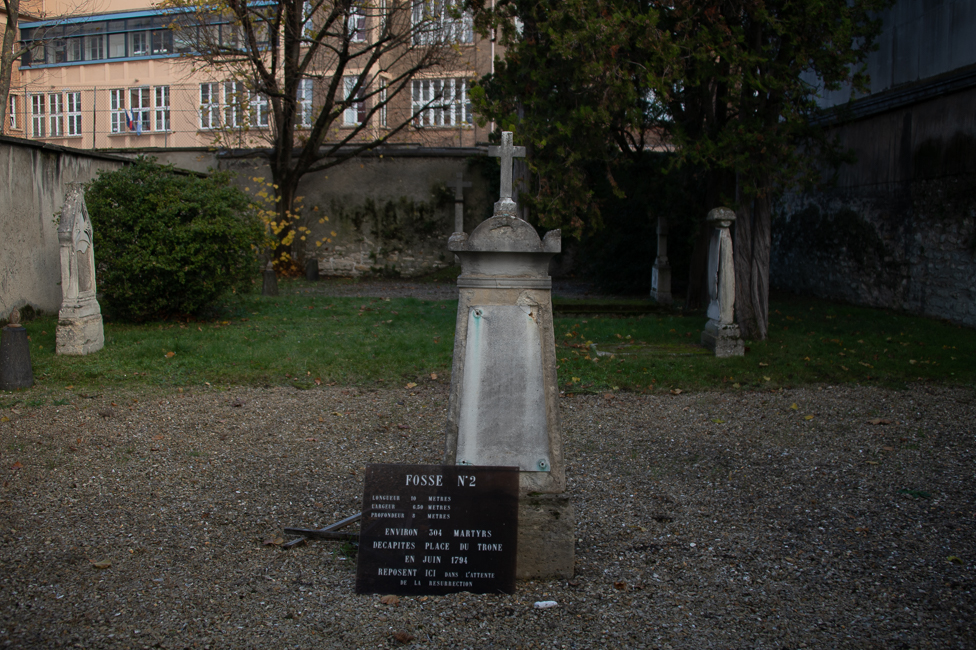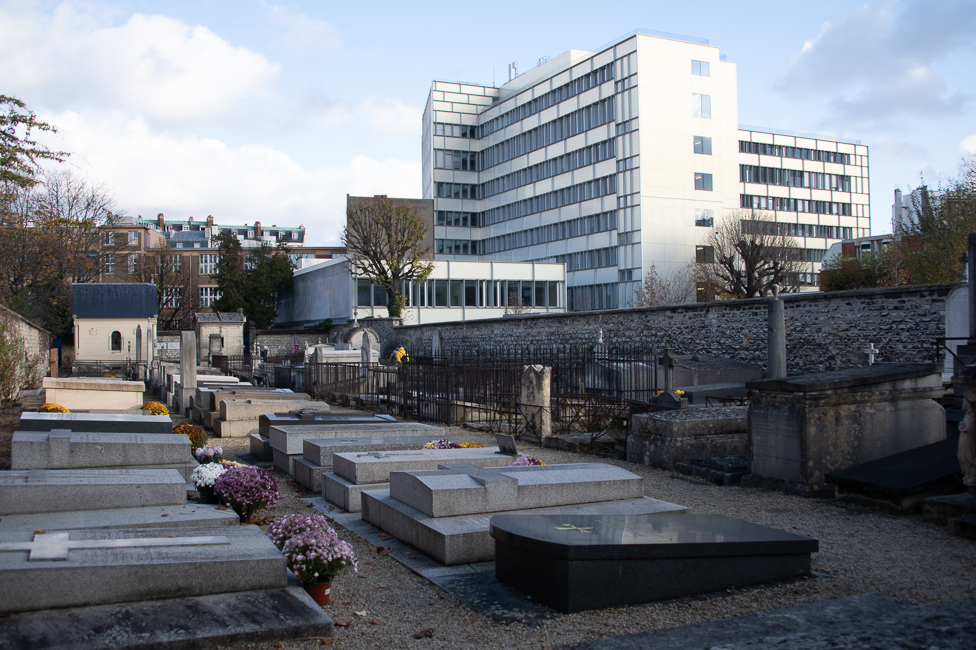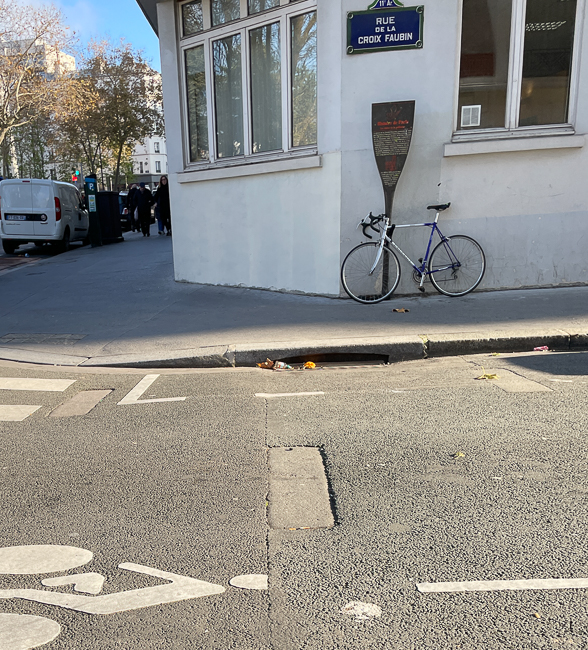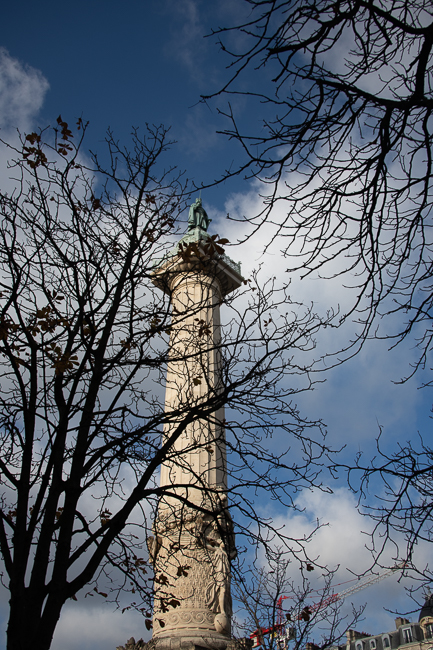November 2021
It is difficult to write about Paris, as the city and its sites are so famous, but there are always little unknowns. Take for example the guillotine, Lafayette and the US Revolutionary War.
The guillotine is a well known instrument of death. Physician Joseph-Ignace Guillotin did not invent the machine, he simply suggested it as a more humane manner of carrying out executions in France. Guillotin was against the death penalty, and was horrified by the gruesome methods of execution of his time, such as the breaking wheel.
Lafayette, or, Marie-Joseph-Paul-Yves-Roch-Gilbert du Motier, marquis de Lafayette, was born into a noble family. He had already inherited an immense fortune by the time he married Adrienne de Noailles, and became part of the court of King Louis XVI. Desiring to find glory as a soldier, Lafayette traveled at his own expense to the American colonies where he made history.
Lafayette fought in the Continental Army with the American colonists against the British in the American Revolution. Once he returned to France he became a leading advocate for a constitutional monarchy, and one of the most powerful men in France during the first few years of the French Revolution and during the July Revolution of 1830.
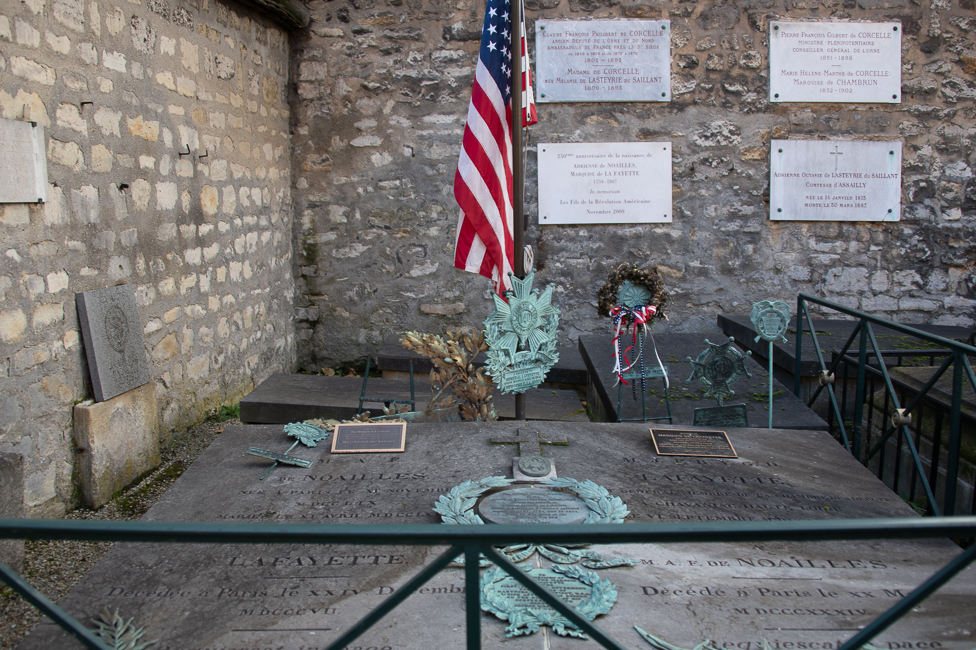
Lafayette was interned next to his wife at Picpus Cemetery. At his burial his son placed a handful of dirt from Bunker Hill atop him. An American flag flies consistently at his gravesite.
Lafayette is buried with his wife in the Picpus Cemetery in Paris, and that is where the guillotine comes in.
Adrienne de Noailles (1759–1807), married Lafayette when she was 14 years old. She was introduced to Lafayette through her father, a French nobleman named Jean de Noailles.
After Lafayette’s return from America, his politics found him imprisoned at Olmütz. On July 22, 1794, with Lafayette at Olmütz, Adrienne, her grandmother, mother, and sister Louise were arrested and sent to prison to await the guillotine. Adrienne, after watching the executions of her family, was spared by Elizabeth Monroe, the French did not want to upset her husband James Monroe.
Once free, Adrienne sent her son, 16-year-old Georges Washington to America. She and her daughters then travelled to Vienna where she requested that she and her daughters, Anastasie and Virginie, be allowed to join Lafayette. They joined Lafayette at Olmütz 1795. Their lives continued to be torn asunder until the family was able to return to Paris in 1800. Adrienne died in 1807 after a long bout with health problems. Lafayette died of pneumonia in 1834.
Beheading by guillotine has a long and gruesome history in France, but for this story we are discussing the final days of the Reign of Terror when the guillotine was moved to Place de la Nation. Between June 13th and July 28th, 1794, 1,306 people were executed at this location. The 1306 people were from various social backgrounds and aged between 16 and 58. They were accused of petty, absurd or imaginary crimes. After execution their bodies were dumped in a mass grave, in the middle of the night, in the garden of a requisitioned former convent. When that grave was full, a second was dug beside it.
The execution of Revolutionary leader, Maximilian de Robespierre, on July 28th 1794, brought about the end of the reign of terror. Robespierre, was guillotined by his co-horts who were afraid they were to be the next victims.
Shortly after the executions victim’s families met and located the graves thanks to the help of a woman who had followed the carts containing the bodies as far as the Picpus wall. They purchased the land and a few lots around it. Today, the Picpus Cemetery is the only active private cemetery in Paris. Only descendants of the 1,306 victims of the Reign of Terror at Place de la Nation can be buried at Picpus Cemetery. That edict still holds today.
You can still see remnants of the macabre machine of death.
The indentations in the street are all that is left on one of the guillotines. Built at the entrance of the now destroyed Prison de la Roquette, these slabs held together the machine of death. From 1851, when the guillotine was opened at the prison, until 1899 when the prison was shut down, 69 public beheadings took place here.
I understand you can still see a guillotine blade at the Le musée de la préfecture de Police
The US and Paris history knot does not end there.
The treaty that ended the American Revolution was signed between Great Britain and the American Colonies in the Hotel D’York on September 3, 1783. John Adams, John Jay and Benjamin Franklin from America and a delegation sent by King George III participated. The hotel at 56 Rue de Jacob, has long been torn down, and a plaque commemorating the site comes and goes.
The more you travel, the more you appreciate how the world is connected. We may be individual countries, but we are simply one world.
Chez Gudule – Duck Confit – 58 Blvd de Picpus in the 12th
